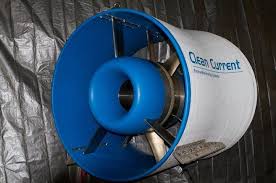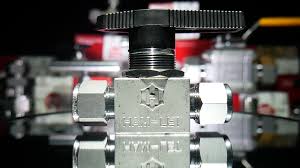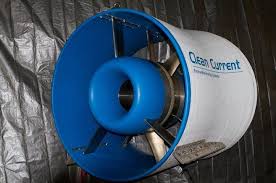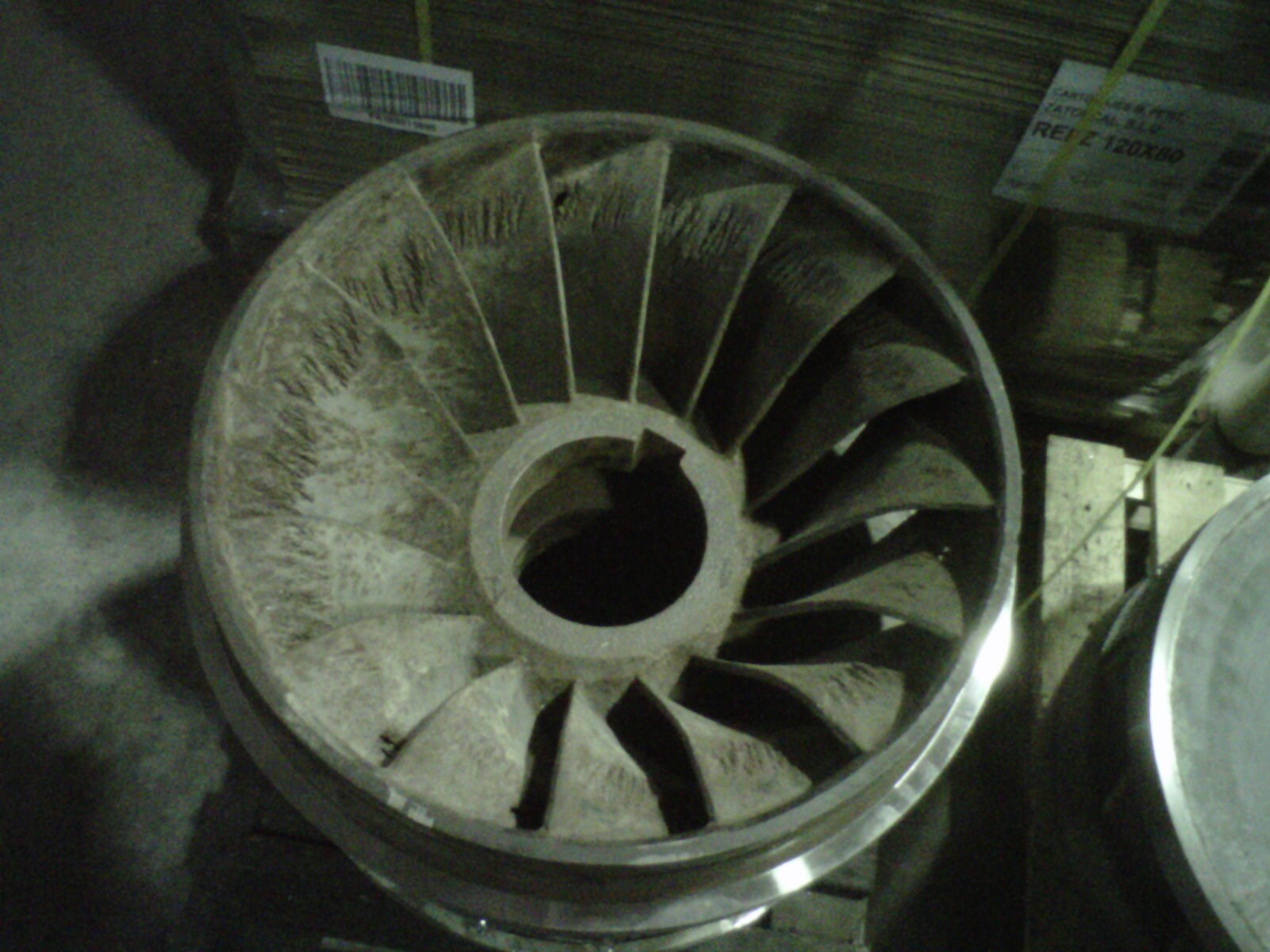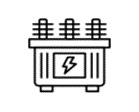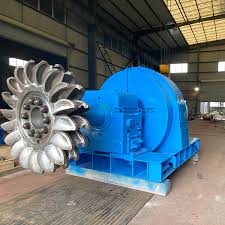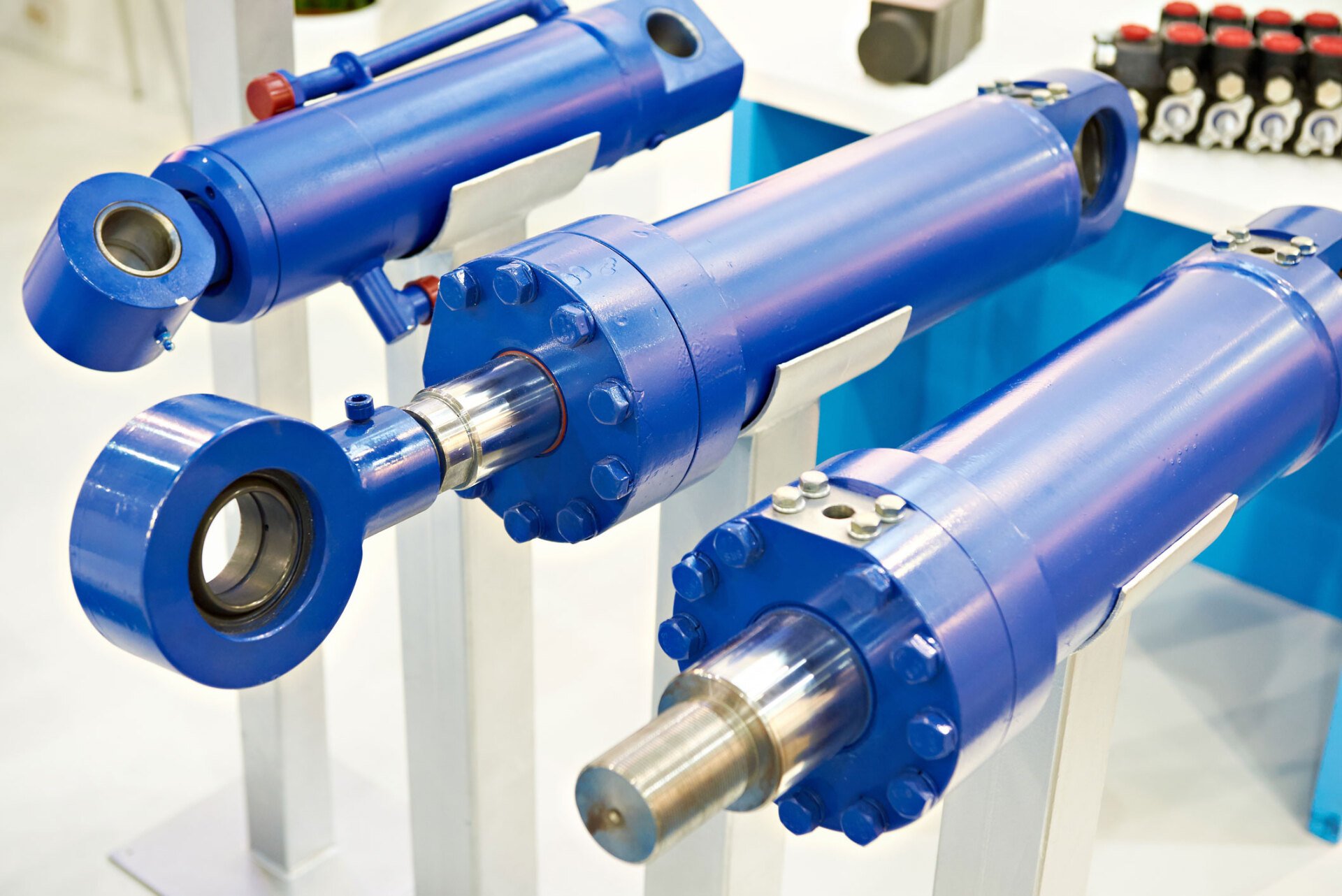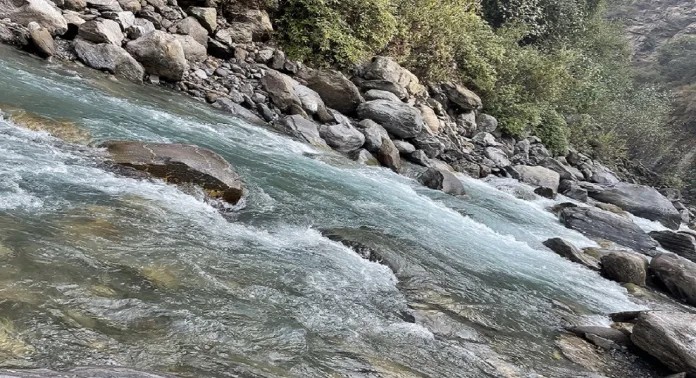Kathmandu – The long-awaited 670 MW Dudhkoshi Reservoir Hydropower Project, a national pride initiative of the Government of Nepal, is finally set to move forward after being prioritized in the Fiscal Year 2082/83 budget. The project, to be developed at Rabhuwaghat, on the border of Khotang and Okhaldhunga, has faced prolonged delays due to compensation issues and budgetary constraints.
With the government's recent inclusion of the project in its fiscal plan, momentum is building to resolve long-standing obstacles—particularly land compensation. UML leader Bishal Bhattarai noted, “Although compensation discussions have been ongoing, progress was stalled due to budget shortages. Now that the project is in the budget, compensation distribution and construction can move forward—this is great news for the people of the district.”
Project Scope and History
Initially studied over four decades ago, the Dudhkoshi project was conceived as a multi-purpose hydropower project, backed by an agreement between the Government of Nepal and international investors during former Finance Minister Barshaman Pun’s tenure. Key financiers, including the Asian Development Bank (ADB) and other global institutions, have expressed readiness to invest in this high-capacity, reservoir-based project.
The project site spans Rawabesi Rural Municipality-3 (Lamidanda, Khotang) and Chisangkhugadhi Rural Municipality-6 (Bhadaure, Okhaldhunga). Once completed, the project is expected to generate an impressive 3.443 billion units of electricity annually, making it one of Nepal’s most significant energy undertakings.
Land Acquisition and Compensation Challenges
To facilitate the project, an estimated 25,000 ropanis of land across Khotang, Okhaldhunga, and Solukhumbu will be acquired—about 20,000 ropanis of which are privately owned. However, compensation determination has remained unresolved, sparking concern among locals. Although a government ban on buying and selling land in the affected zones has been in place since Asar 23, 2078 BS, final compensation values have yet to be settled.
An all-party committee and several local consultations have recommended that compensation be calculated based on market rates, financial institution valuations, government standards, and transaction history under the Land Acquisition Act, 2034.
Complications have arisen particularly in cases involving residents with less than three to five ropanis of land or those informally residing on others’ property for 30–40 years, such as members of the Majhi community in Rabhuwaghat, Lamidanda. Phatik Kumar Shrestha, Chair of Rawabesi Rural Municipality, emphasized the need for a separate assessment for these vulnerable groups, stating, “The issue of relocation and proper rehabilitation must be addressed with sensitivity and fairness.”
Social and Environmental Impact
According to preliminary assessments:
-
162 households will face complete displacement
-
988 households will be partially affected
-
1,050 households will lose cultivable land due to reservoir submersion
The 220-meter-high dam will be constructed at Rabhuwaghat, and water will be channeled through a tunnel to Dhitung, Halesi Tuwachung Municipality-9, where the powerhouse will be located.
Beyond Electricity: Tourism and Livelihood Potential
Once operational, the project is expected to do more than generate power. Plans include fisheries, boating, and tourism opportunities within the reservoir area. Local leaders and tourism experts envision that the Dudhkoshi Reservoir could attract tourists traveling to the Halesi Mahadev pilgrimage site and even those en route to Mount Everest, offering boat rides and recreational activities in a picturesque setting.
The Dudhkoshi Reservoir Hydropower Project stands as a beacon of Nepal’s hydro ambitions. With renewed government backing, investor interest, and a call for fair compensation and community inclusion, the project is poised to reshape not only Nepal’s energy sector but also the lives and livelihoods of communities across three districts.
📸 Images & Content Courtesy: 
📰 Source: UrjaSanchar.com
 Turbine OEM (0)
Turbine OEM (0)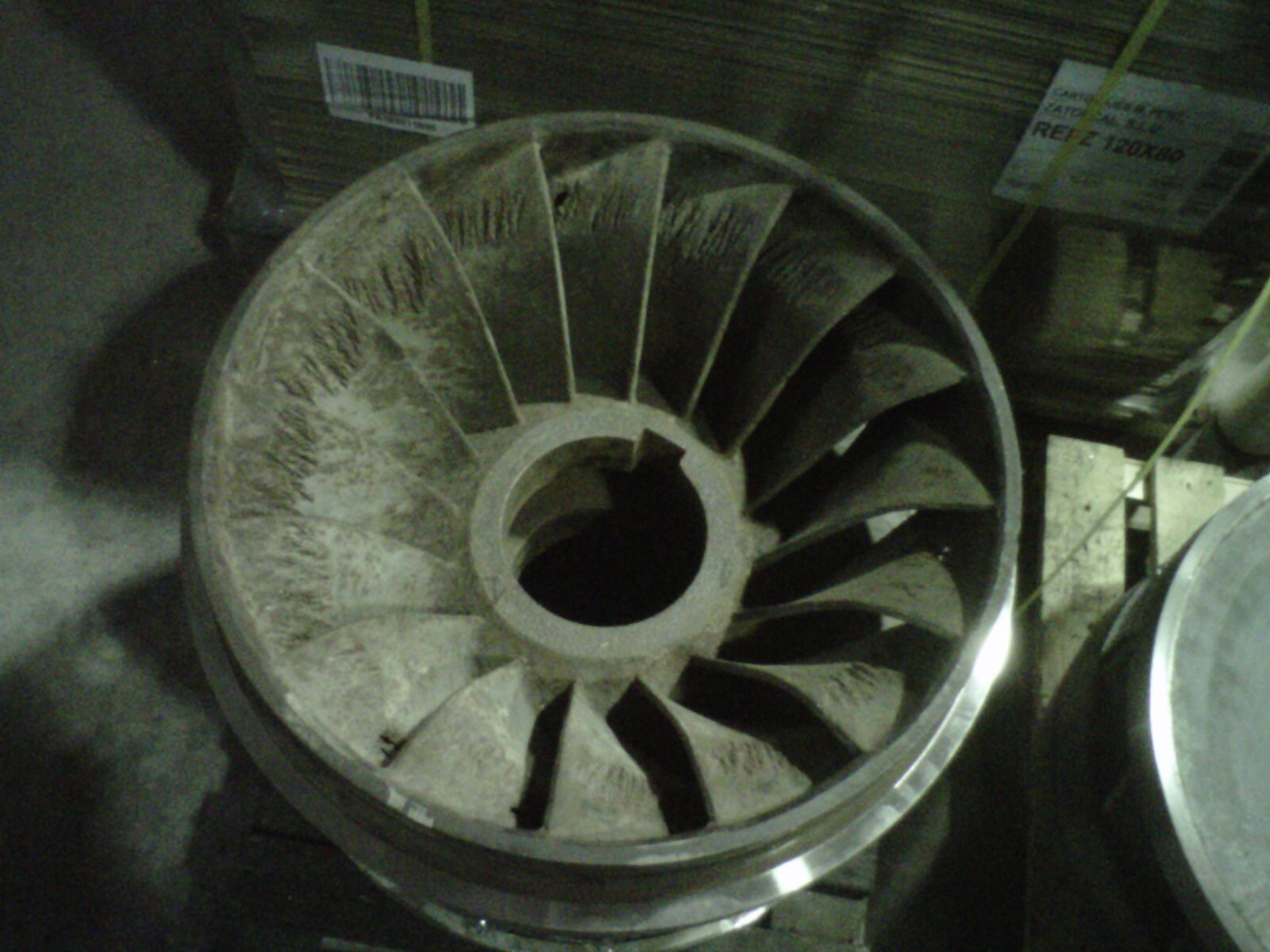 Runner repair (0)
Runner repair (0)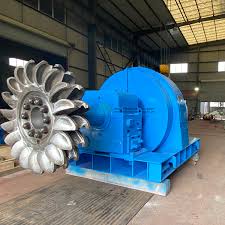 MIV OEM (0)
MIV OEM (0)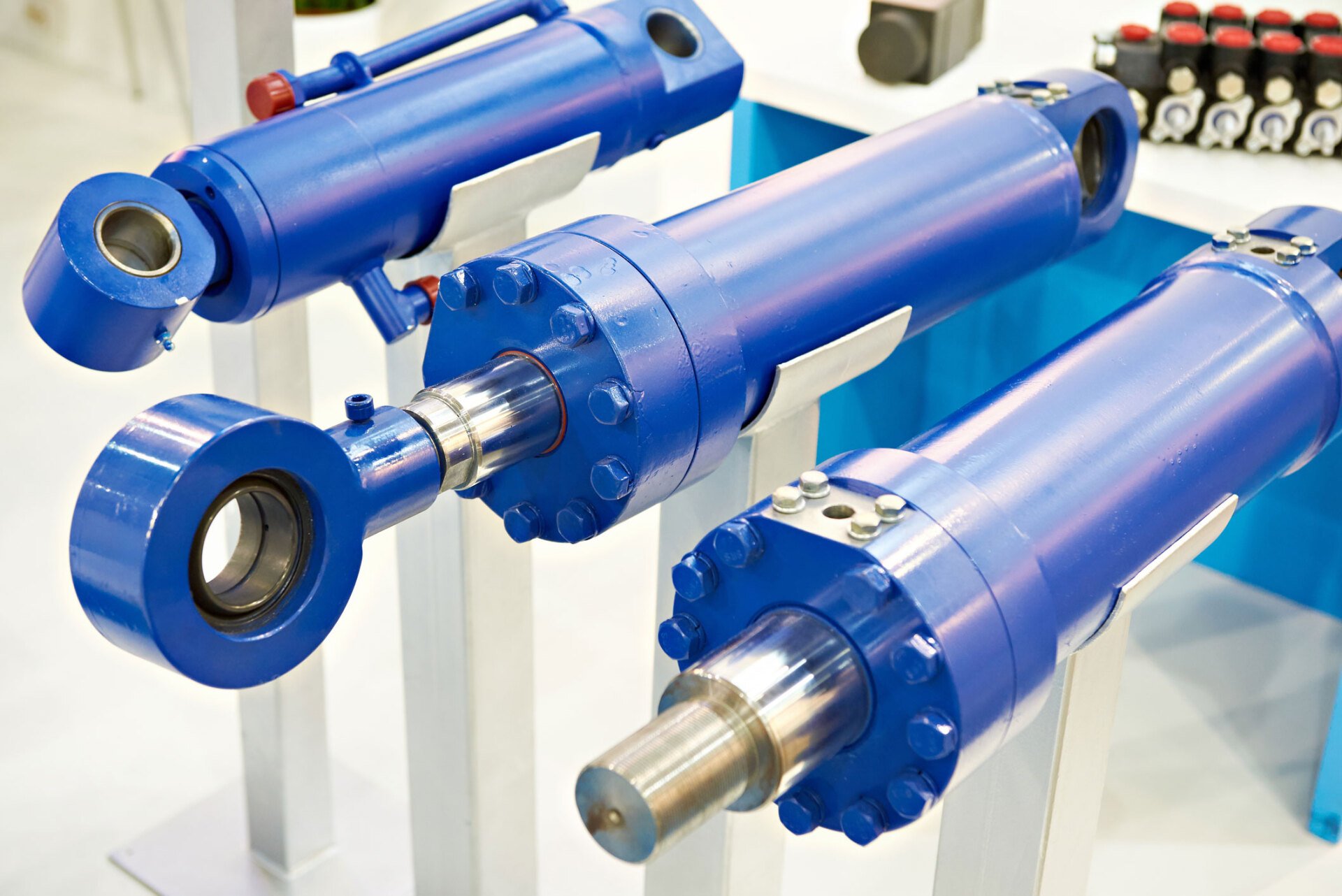 Hydraulic System (0)
Hydraulic System (0) Motors (0)
Motors (0) Generator OEM (0)
Generator OEM (0) AVR (0)
AVR (0) Cleaning Repair (0)
Cleaning Repair (0)



